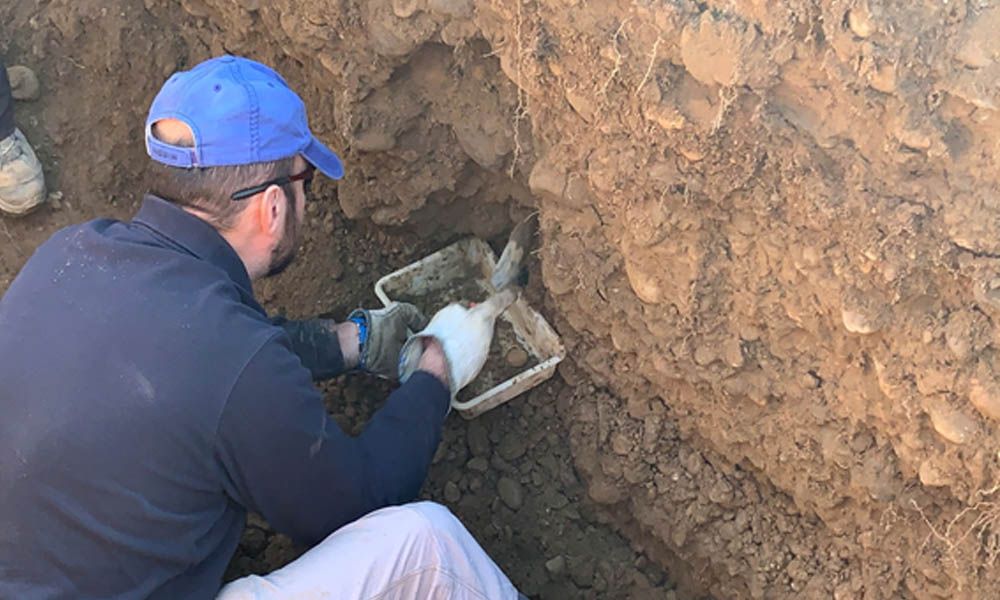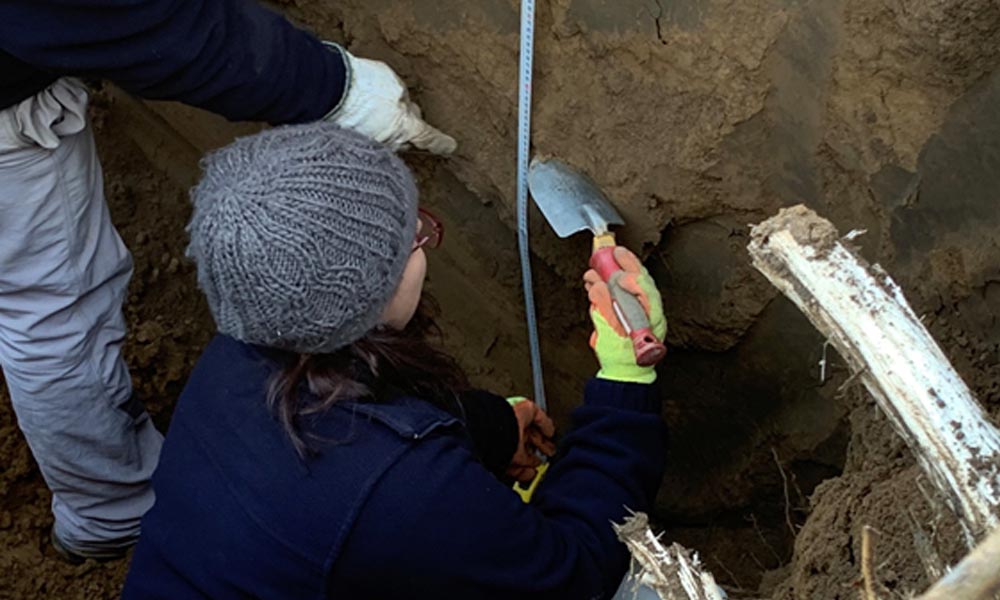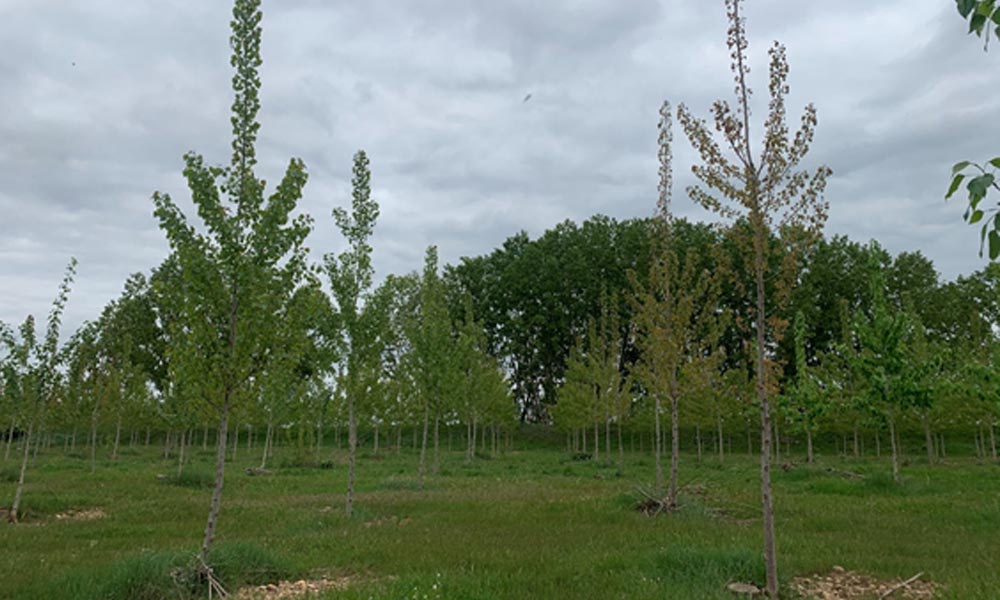Garnica, along with populiculture company Bosques y Rios, is installing a network of plots for integrating various tests on clones of species and hybrids from the genus Populus in Castilla y León and La Rioja.
The goal of this project is to be able to determine how the clones adapt to various soil and climate variables in two of Spain's water basins where their cultivation is most relevant: the Ebro Basin and the Duero Basin. Furthermore, it targets the ability to test the rapid response to pests and diseases, thereby facilitating redirection of poplar culturing to the use of more tolerant or resistant clones.

Bosques y Rios is primarily seeking to increase knowledge of poplar cultivation and share that knowledge within the sector to promote sustainable and cost-effective cultivation that is environmentally friendly and protected as much as possible from pests and disease. To that end, 27 plots are currently installed on which 157 clones are being tested in the La Rioja, León, Soria, Burgos, and Zamora provinces.
Every year both the number of plots and the number of clones tested are increased, since this is a project that must be constant and continuous over time. Clones developed by the principal European Research Centers involved in genetic improvement of poplar are tested on the network of test plots, such as:
- INBO (Belgium)
- CREA and Alasia (Italy)
- INRA and 3C2A (France)
We collaborate directly with most of these centers, since this work benefits everyone.

Thanks to these samples, Bosques y Rios has the opportunity to learn about the most recent clones best able to adapt to the characteristics of our land.
On the other hand, the centers where the improvement is developed are allowed to expand the geographic area where final adaptation of their materials can be tested for later distribution in the same area. The basic criteria we use to determine if a clone is adequate are, primarily, these four:
- It must be productive
- It must be resistant/tolerant to the various pests and diseases
- It must produce quality wood for the peeling industry
- It must be easy to reproduce, plastic, well-structured, and easy to prune
With the goal of advancing toward some of the stated goals, BOSQUES Y RIOS and the NATIONAL INSTITUTE FOR AGRICULTURE AND FOOD RESEARCH TECHNOLOGY (INIA) signed a framework agreement last year that can serve to support the company's various research projects.
In this context, last March the INIA-CIFOR Forestry Cultivation Group started sampling the soils of the Bosques y Rios network of plots in order to obtain information regarding site variables relevant to testing the crop's adaptation. The goal of this visit was to define sampling methodology as simply and efficiently as possible to characterize the test plots' soils. To do that, they took repeated soil samples using different procedures and at different depths in the same space.
The medium-term goal is to characterize all the soil types present in all the tests that, along with local climate data as well as clone growth and adaptation data, will allow for defining patterns and making clone recommendations that are better adjusted to the location.

